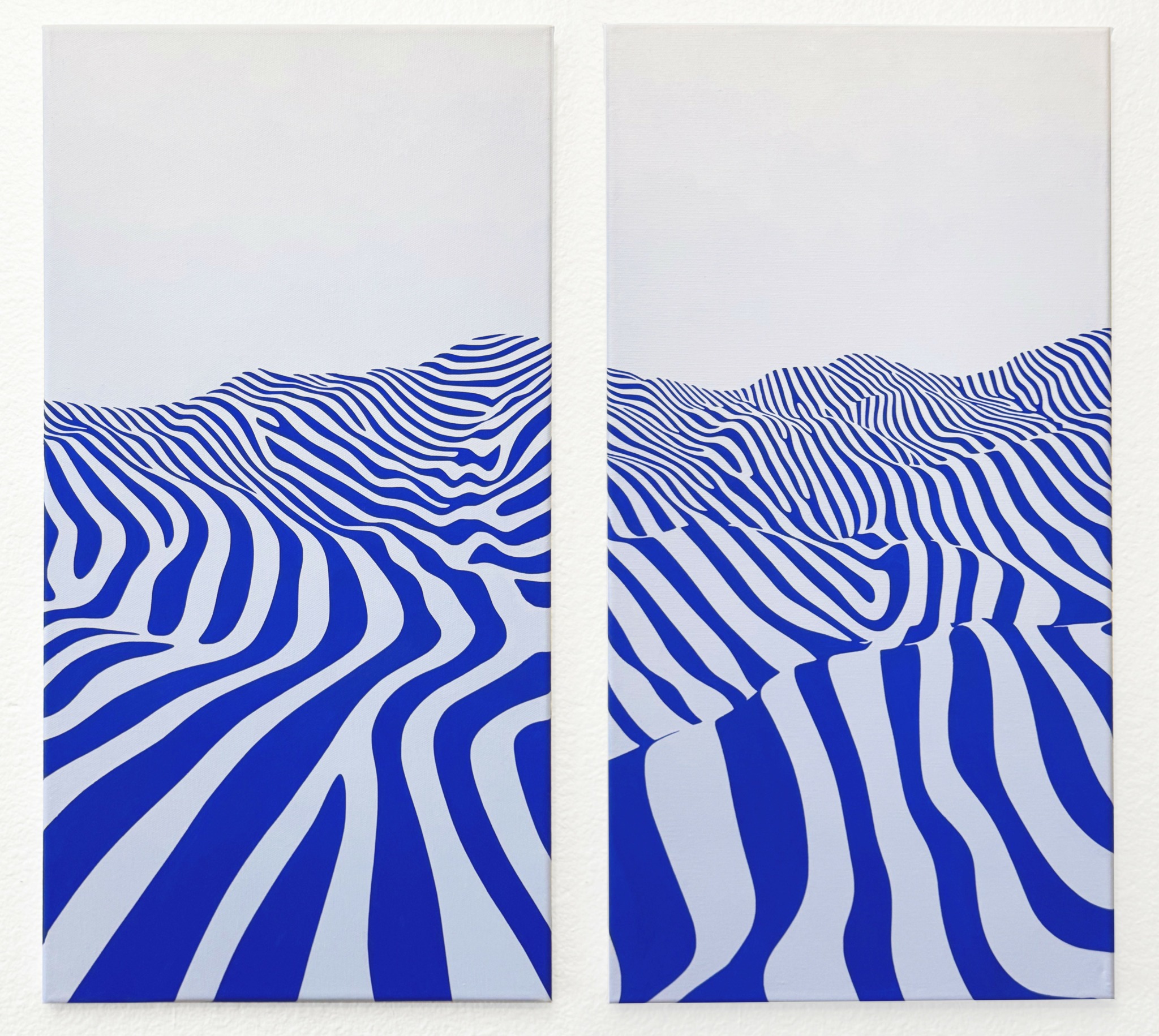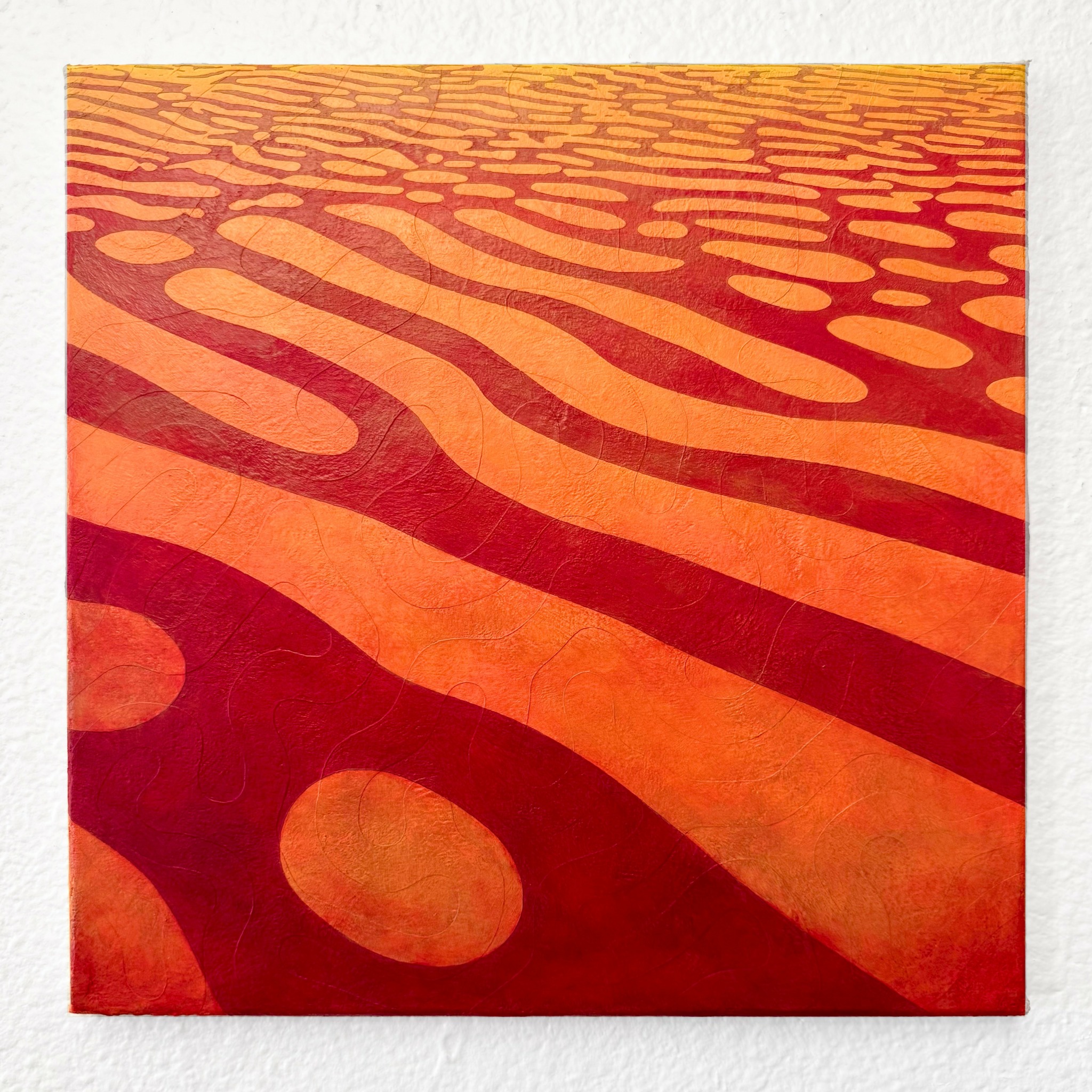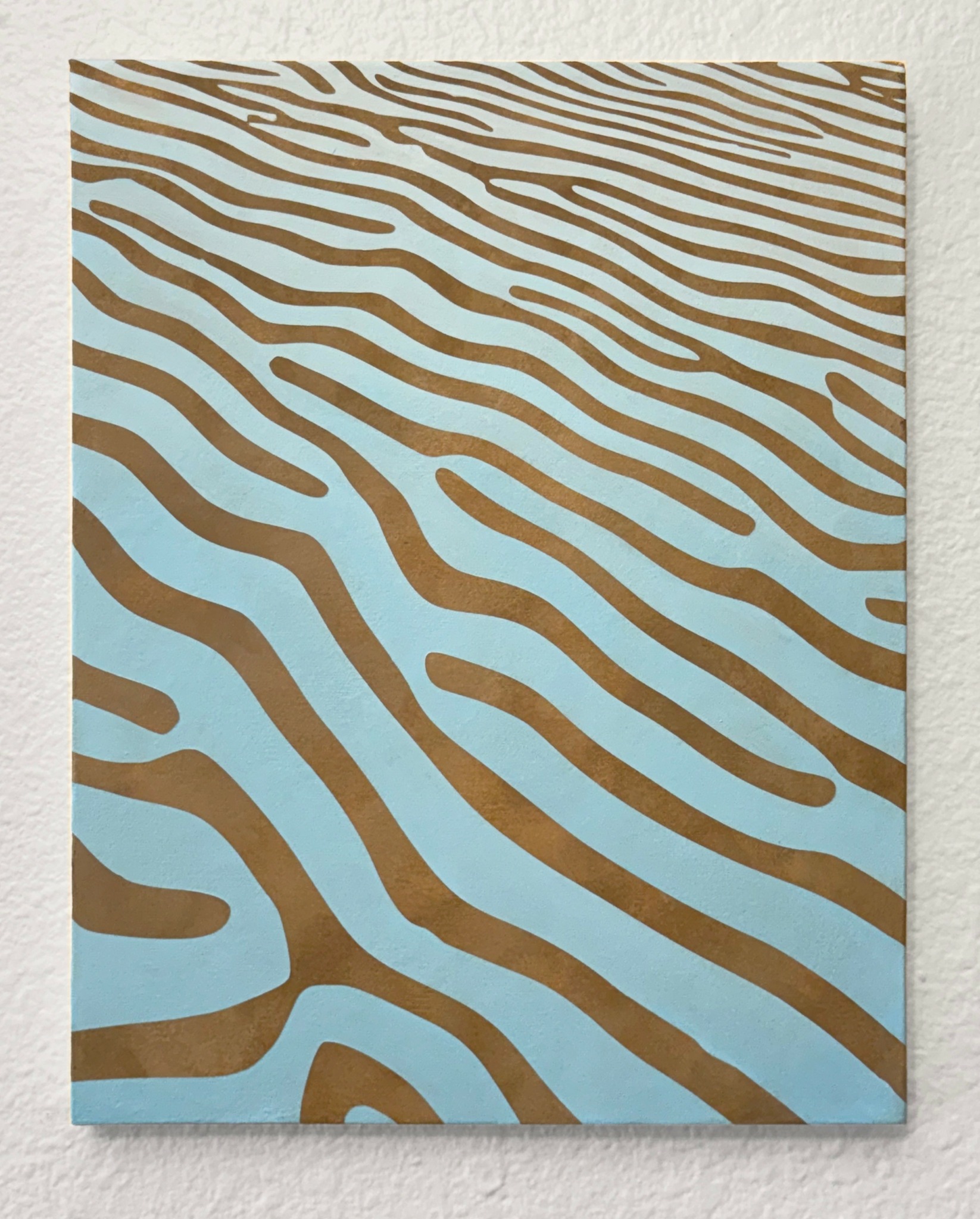We recently connected with Anduriel Widmark and have shared our conversation below.
Anduriel, thanks for taking the time to share your stories with us today Learning the craft is often a unique journey from every creative – we’d love to hear about your journey and if knowing what you know now, you would have done anything differently to speed up the learning process.
I’ve always been pulled towards questions more than answers, especially when they can be explored visually. As a kid, I was constantly drawing, building, painting, making messes, and asking questions. That curiosity never really left. If anything, it’s become more focused, reaching across math, physics, design, and culture through art.
These days, my practice still comes from that same openness to questioning. I tend to move quickly between research and production, which generates more ideas than I could ever keep up with. It can feel overwhelming, but I’ve learned not to chase them all at once.
Looking back, it wasn’t that I needed to move faster, it’s that I could have slowed down. Letting ideas marinate, sitting with uncertainty, and appreciating where I was instead of always reaching for the next thing. Some of the most valuable lessons have taken shape slowly, and I had to learn how to make space for that.
Not knowing everything at the start has become part of the point. That mindset keeps the work fresh. Whether I’m working with glass, paint, or video, new ideas often emerge in the overlap. Each project leads to the next, not with conclusions, but through new unknowns. Visual languages can connect ideas in the most unexpected ways, and it is that sense of wonder, with curiosity leading the way, that keeps it exciting.

Anduriel, before we move on to more of these sorts of questions, can you take some time to bring our readers up to speed on you and what you do?
I am fascinated with patterns, how things grow, repeat, shift, and connect. I use sculpture and painting to bring what I see to life in ways that are precise, playful, and sometimes unexpected.
By giving abstract mathematical ideas a physical form, my work explores how patterns shape physical space, and the relationships and systems that we move through every day. There are fascinating overlaps between mathematical forms and the complexities of experience, whether social, spatial, or perceptual. These pieces offer a space to consider how form and context connect, recur, and transform over time.
Much of my work engages these geometric ideas, through borosilicate glass, and abstract painting. Using flame-working techniques, I sculpt glass forms like helicoids, Möbius strips, knots, and interwoven planes, each one interpreting mathematical ideas into something tangible and visually striking. These clear, symmetric constructions combine exacting technique with discovery and delight.
My paintings mirror this balance. They feature vibrant, abstract forms and layered symmetry, often inspired by cycles, networks, and repeating patterns. Recent works use reaction-diffusion techniques to create bold, hard-edged structures that merge into mountain ranges, shifting sands and changing skies.
This interest in form and connection also led to my book, Polystix Adventures, which playfully explores mathematics through structured designs and colorful illustrations. Part art object and part learning tool, this book introduces readers to geometric forms and designs in a way that’s hands-on, open-ended, and visually engaging. Like much of my work, it’s designed to promote critical thinking, spark curiosity, and support the joy of exploration.
Across all kinds of projects, whether sculptures, paintings, murals, zines, or collaborations with my partner Reece, I try to stay rooted in serious play. I care about making things in a way that honors where imagination leads, and celebrates how patterns shape both the world around us and the relationships within it. You can find more on my website, or in exhibitions around the world, including the Bridges Math Art Conferences, the Joint Mathematics Meetings, and with the Mathematical Association of America. New ideas are always taking shape, and you can find me there, letting wonder lead, seeing where the next idea unfolds.
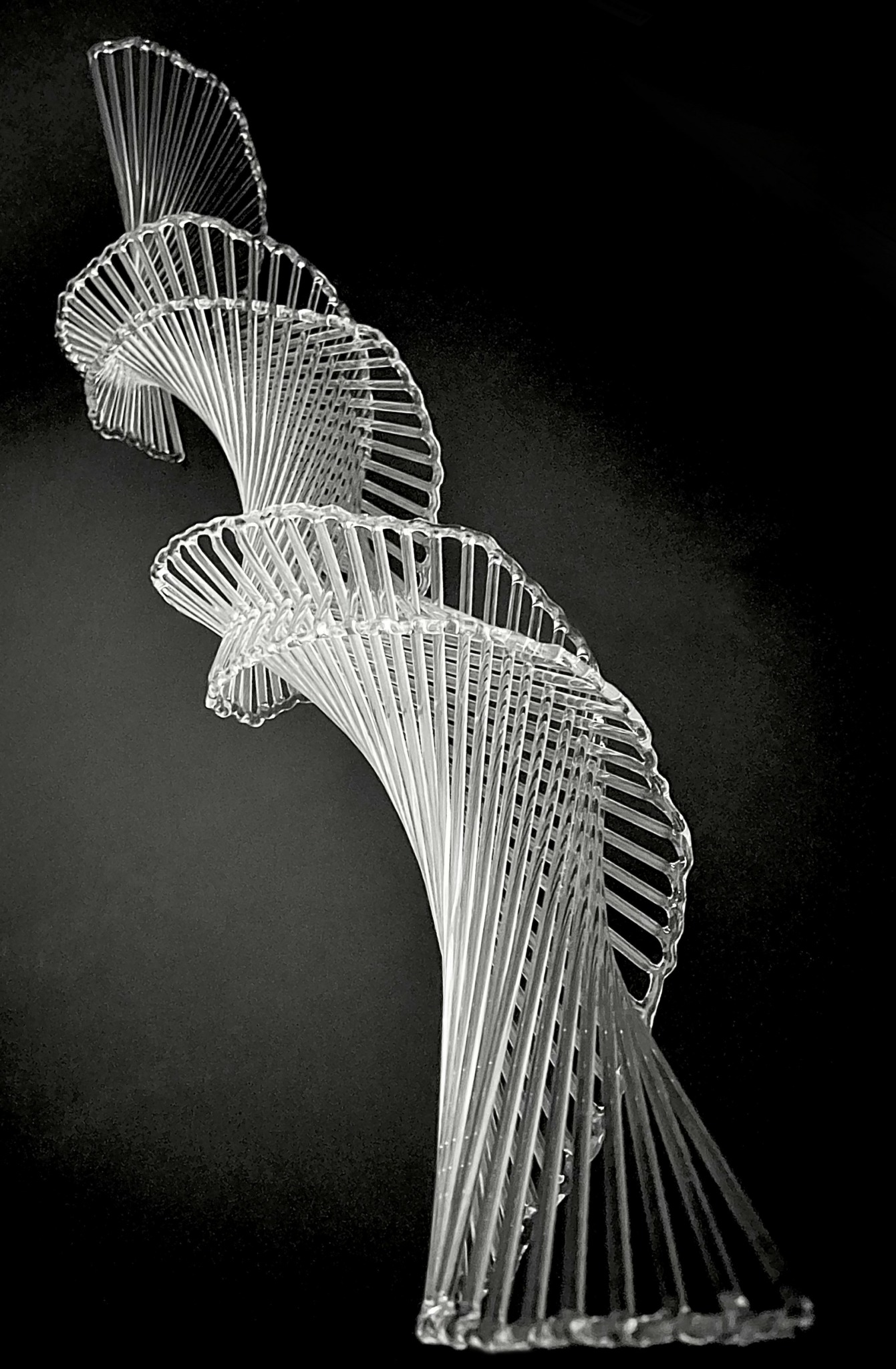
Learning and unlearning are both critical parts of growth – can you share a story of a time when you had to unlearn a lesson?
Early on in my career, I had a strong desire to turn every idea into something polished, understandable, or resolved. At some point, I had to unlearn the need for everything to make sense. In creative work, that kind of control can limit more than it helps.
The habit of trying to classify and organize the chaos was forcing cohesion a little too much. Once I became comfortable letting the mystery linger, things began to open up in surprising ways. Some of the best moments are the ones I didn’t plan for.
Now, I treat ideas less like puzzles to solve, and more like currents to ride. They beautifully shift, layer, and sometimes move in opposite directions. The pressure to make everything line up just doesn’t work for everything. Art gives me the space to hold contradictions, follow detours, and stay present in the unknowns.
Unlearning is an ongoing process, and choosing what to question, and what to let go of, has made the process more open-ended, and a lot more fun.
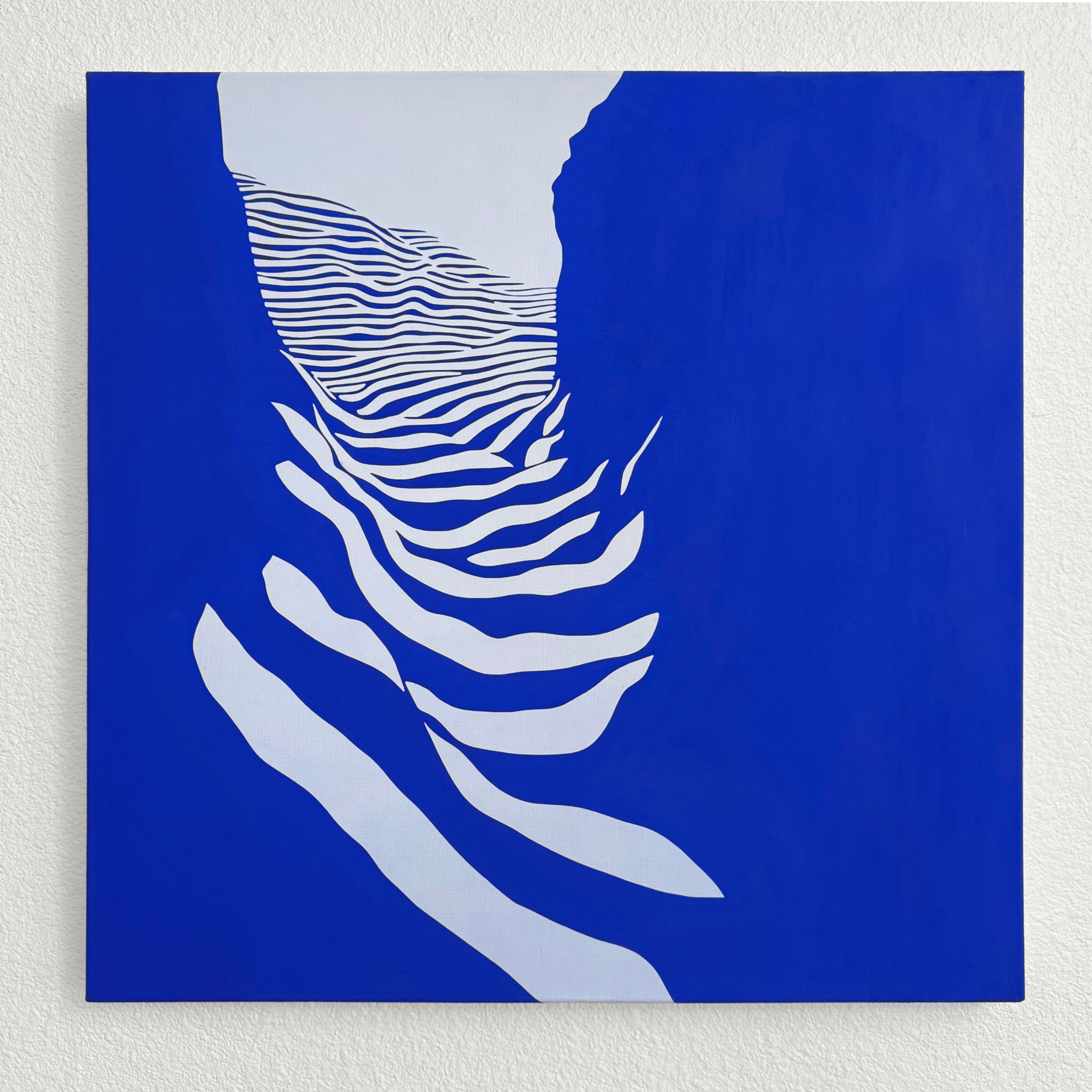
For you, what’s the most rewarding aspect of being a creative?
For me, connection has become the most rewarding part of being an artist, connections between ideas, materials, and especially people. It’s not about shared conclusions, but about shared worlds, where creativity has become a way of relating. It’s how I approach complexity, make sense of things, or sometimes, how I unravel them. Getting to share that through objects, images, or experiences is something I’m deeply grateful for.
There is so much to be gleaned from exploring the unknown. Small shifts open up new paths, leading me somewhere completely unexpected. In many ways, the work is shaping me as much as I’m shaping it. It keeps changing, responding to the new questions and contexts that arise. I feel fortunate to work across different art forms, each offering me a new lens for thinking, making, and feeling.
Finding the right balance between certainty and fluidity has helped me to shape a practice rooted in critical reflection, gratitude, curiosity, and joy.
Contact Info:
- Website: https://www.andurielstudios.com
- Instagram: https://www.instagram.com/andurielstudios/
- Facebook: https://www.facebook.com/andurielstudios1
- Youtube: https://www.youtube.com/andurielstudios
- Other: @andurielstudios
